|
If you've ever dreamed about traveling in a camper van but have little or no experience camper-vanning or camping, Iceland is the perfect place to try out the 'van-life'. Here are a few reasons:
This was our first time traveling in a camper van, and I think we did pretty well considering all of us were 'rookies' in camper-vanning. We had an amazing and memorable time traveling around Iceland in a camper van, and a big part of it is because we did our 'homework' beforehand to prepare for the trip. Now that we've successfully completed our trip, here are some guides and tips to help you plan for your own adventure!
1. Choosing Your Camper Van
There were 3 of us in our party so we decided to go 'big' with the 5-person Renault Master 5. Glad we we chose the bigger van as it has plenty of space and having 'head space' in the van was great! Read more about our experience renting from Rent.is here → Iceland Campervan - Rent.is Review
Rookie Tip: Make sure someone in your party knows how to drive a manual transmission vehicle (stick shift). Most camper vans are manual, and automatic vehicle costs more.
2. Plan an Itinerary and Map the Route
You don't need a super detailed itinerary like ours, but it's helpful to map out the attractions that interests you and tentative stops/campsites for each day with Google Maps. Be flexible with your plans and don't squeeze too much in a day as you'll definitely have unplanned stops along the way.

Rookie Tip: Make Grindavik campsite your first stop before starting your journey and before shopping at Bonus. This was the nicest campsite we visited in Iceland with a very nice kitchen and clean bathroom. Due to its proximity to the airport, many people (incl. us) stay here as the final stop before leaving Iceland. Therefore, the #CampersforCampers section in the kitchen is a great place to stock up some FREE food supplies and gas butane.
3. Use Credit Card for Everything (almost)
4. Budget for Gas
Gas/diesel is expensive in Iceland so make sure to build this into your trip budget. Expect to spend around $300-$400 on gas. We drove 2,850 kms (1,770 miles) and spent a total of $414 on gas. The 4 major gas stations in Iceland are N1, Olis, Orkan, and OB. The rental company gave us a N1 discount card from so we used N1 the most. This post has some good information on gas stations in Iceland.
Rookie Tip: There are some parts along the Ring Road where you won't see any gas station for 1-2 hours so make sure to fill up before it goes below half a tank. Our rule of thumb was to fill up ISK 3,000 ($30) whenever the gas meter was around the 3/4 level. We were able to use our credit card (with 4-digit pin) at all gas stations without any problem.
5. Pack Food and Cook
Apart from gas prices, eating out is also expensive in Iceland. You can buy groceries from places like Bonus, and the prices are quite reasonable. However, if you have plenty of luggage space like us, consider packing some packaged/canned food in your luggage. The camper van usually comes with a portable stove, so make sure you buy/bring food that are easy to cook and require minimal prep work. As seen below, we brought canned soups, canned veggies, spam, vienna sausage, tuna, pasta, rice, instant noodles, Mountain House dehydrated meals, Cliff bars, granola bars, nuts, chicken stock powder, coffee and tea.
We were able to cut our food cost significantly by cooking almost every meal and ate out only twice. Our total food cost for 8 days in Iceland was only $55/person. =)
Rookie Tip: See #2 on how to save $ on things like cooking oil, gas butane, dish wash sponge and soap, etc. Packing food in small boxes made it easy to organize them in the limited storage space in the van.
6. Stay Organized and Keep the Van Clean
The camper van is your 'home' in Iceland, and you'll want to keep it clean and organized. Even with a large van, it is still a small space for 3 person. Keep your shoes-off at the back of the van to avoid tracking in sand. Keep things you'll need frequently in a separate bag for easy access.
Rookie Tip: See #5 on how we kept our food organized in the drawers/cabinets. Bring along some Clorox wipes and/or wet wipes to keep the van clean. We brought along a few plastic bags to use as trash bag (practical and free).
7. Power Up
The main concern with traveling in a camper van is the ability to charge all our electronics (can't survive without our gadgets). We had 4 phones, 3 laptops, 1 GoPro, and 1 Wifi modem. Fortunately, the van had 3 cigarette charging sockets and 2 USB charging docks.

Rookie Tip: You'll need a power inverter to charge your laptops. We brought a Wagan power inverter (affiliate link) and it worked great!
Try charging all your devices when you're driving (engine is running). There is a 2nd battery at the back of the van that works when the engine is off, but you'll want to avoid draining it at night as the heater and refrigerator runs on the 2nd battery. You'll want it to last until the next time you crank up the engine. Left: Told ya we can't survive without our gadgets...lol! 8. Navigation
We rented an unlimited wifi modem for ISK 500/day ($5) from the rental company and was able to use Google Maps on our phones to navigate us throughout the trip. Mapping out all the stops ahead of our trip on Google Maps made it easier as we were able to just tap on the destinations we've mapped out.

Rookie Tip: Download google maps offline for Iceland before the trip to ensure navigation works at areas where there is no wifi reception.
The only time Google map 'misnavigated' us was on the route from Akureyri to Snæfellsnes Peninsula. If you travel counter-clockwise around the Ring Road, make sure to avoid the grey route in the photo and go through Borgarnes instead to get to Snæfellsnes Peninsula. Ain't fun driving a camper through narrow gravel road. 9. Avoid Crowds in the Summer
Tourism in Iceland went through a massive boom in the last few years and summer is probably the worst in terms of crowds. Crowded sights put us off, and that's why we chose to travel during the shoulder season at the end of May/early June. With sunset at 11.30pm and sunrise at 3am, we decided to flip our schedule by sleeping during the day and traveling at night. This allowed us to have most sights to ourselves and see the best of Iceland’s spectacular nature – tranquil and serene.
Skogafoss at 3am
Rookie Tip: There are virtually 24 hours of daylight in Iceland during summer. You don't have to stick to the 'normal' sightseeing hours because most sights doesn't 'close'. Besides, you'll get to experience the midnight sun, sunrise, and sunset. After all, you'll still have to adjust for jet lag and sleep with daylight. Having a camper van gives you the flexibility to travel outside of normal check-in and check-out hours.
10. What to Pack
Clothing
Shower/Hygienne
Food & Drinks
Daypack & Dry Bag
Car Equipments
Sleeping
Now that you've read through the 10 rookie guides/tips to travel around Iceland in a camper van, it's time for you to start planning your own Icelandic adventure! Have fun camper-vanning! Related posts: Iceland Camper Van - Rent.is Review Iceland 9D8N Road Trip - Expenses Iceland Trip Reports: "This post contains affiliate links to the products we used on this trip. When you make a purchase using these links, I will receive a small commission at no extra cost to you. This helps me to keep this site running. =)"
2 Comments
8/8/2019 05:16:50 am
I can say that Iceland is one of the most amazing destination to spend the vacations and this city is popular for it's glaciers and islands besides, this the nature of the city is calm and compose you can get easily mix with the city culture. Moreover, you can explore cruises and bike tours with some exotic places and with the beautiful scenes and experiences.
Reply
3/18/2024 01:30:39 am
Atlanta Airport best Cab Service is provided by Atlanta Airport Cab which has a proven record of excellence as a leading Car & Taxi Services provider in Atlanta and their surrounding. Atlanta Airport Cab Services take pride in offering award-winning and excellent level of transportation services. We have become known for rates comparable to a metered taxi.
Reply
Leave a Reply. |
Categories
All
ArchivesMay 2021 January 2021 November 2020 August 2020 June 2020 May 2020 April 2020 March 2020 December 2019 August 2019 July 2019 May 2019 December 2018 October 2018 September 2018 August 2018 July 2018 June 2018 May 2018 March 2018 February 2018 December 2017 November 2017 October 2017 September 2017 August 2017
|
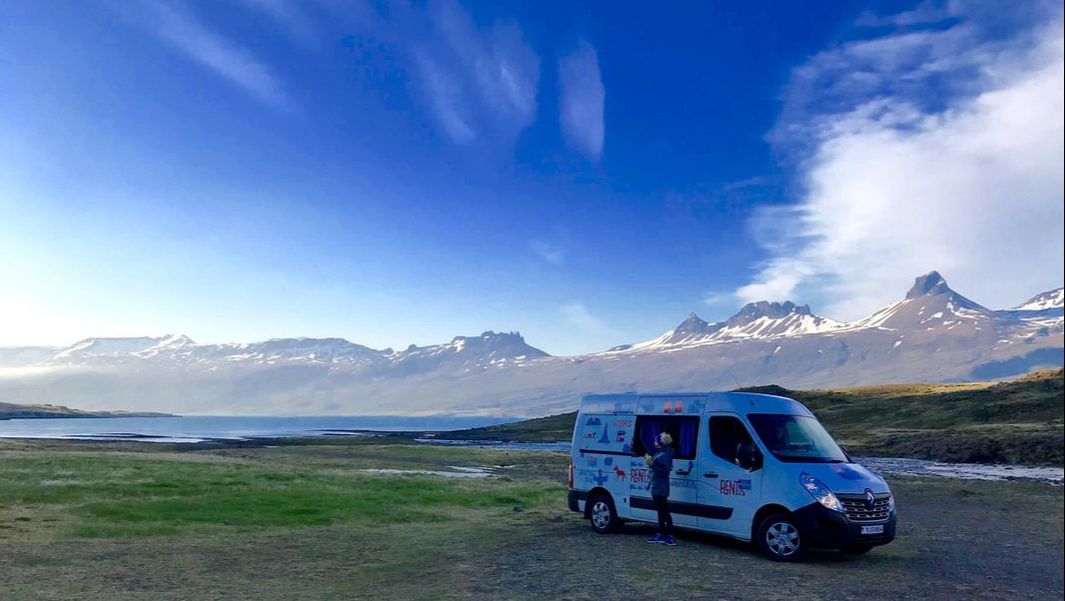






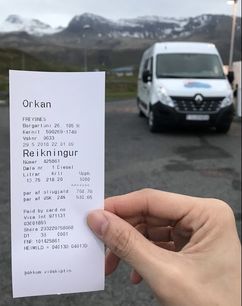


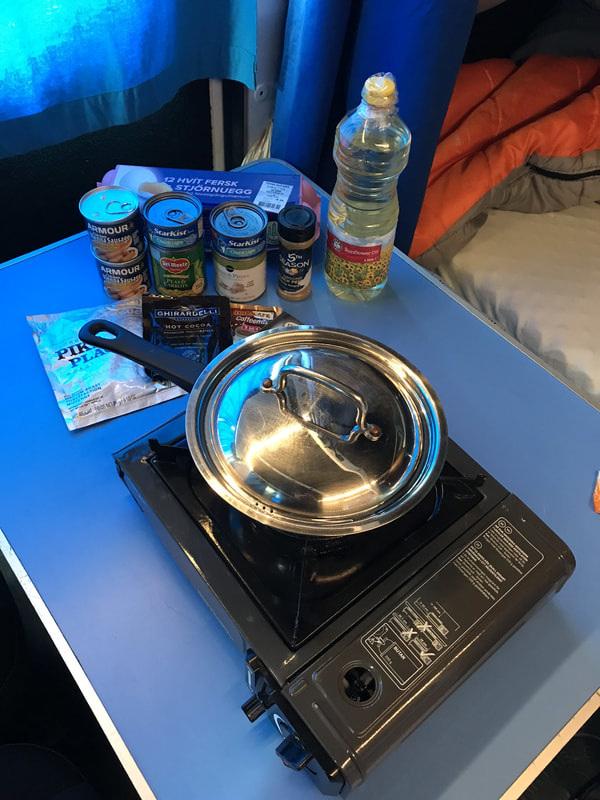

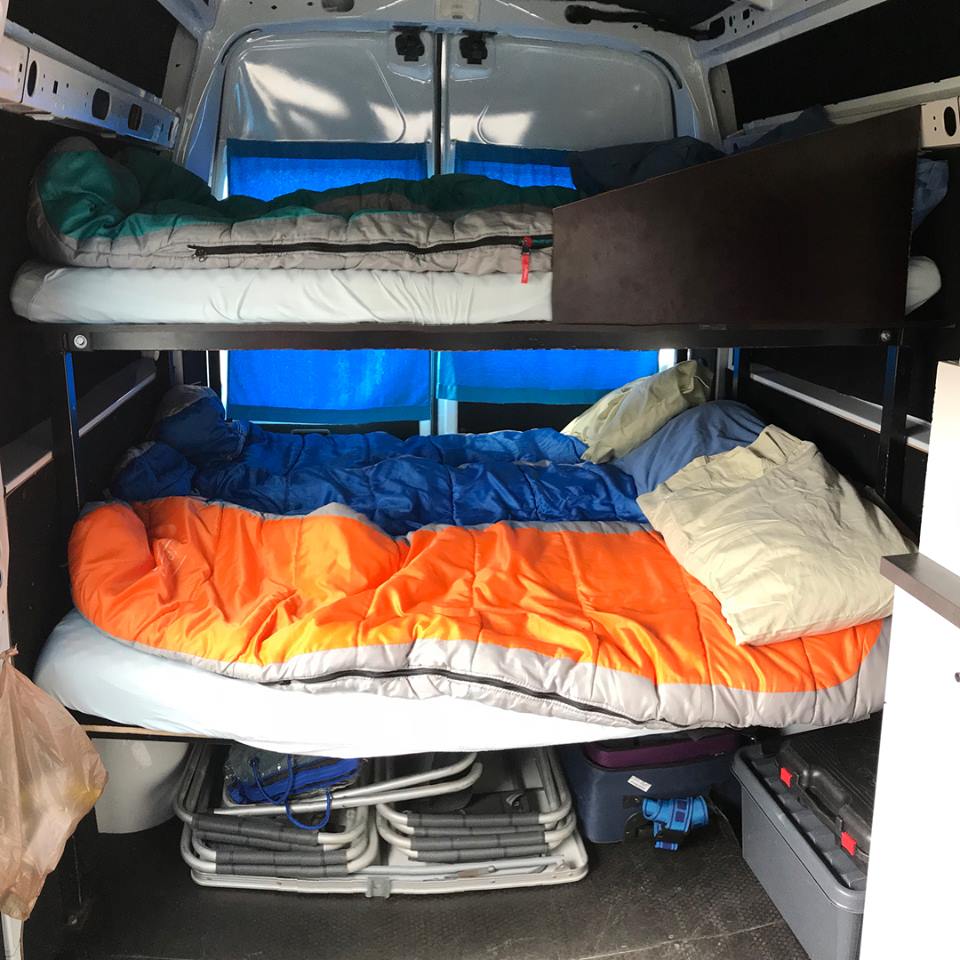
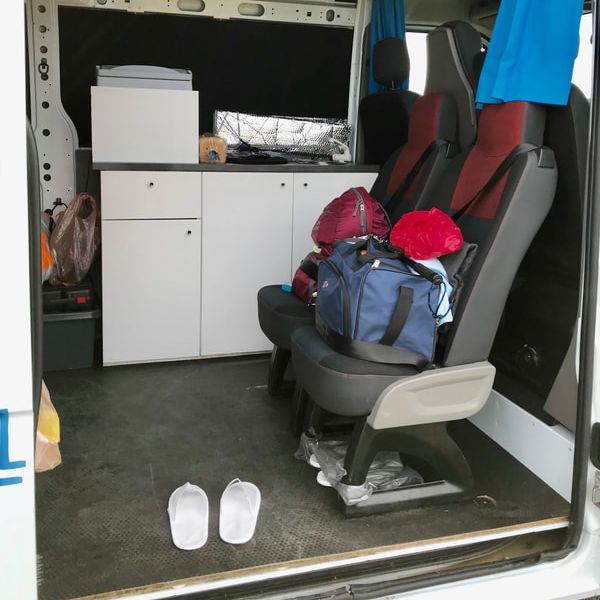
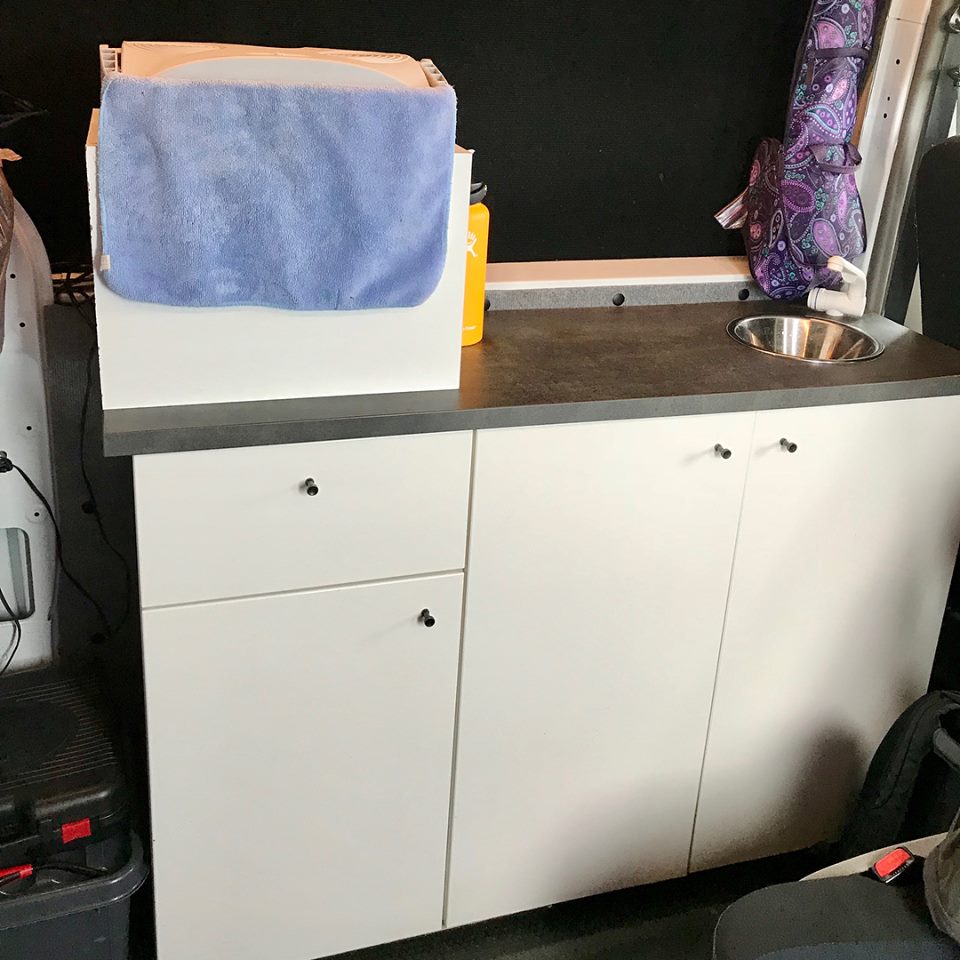
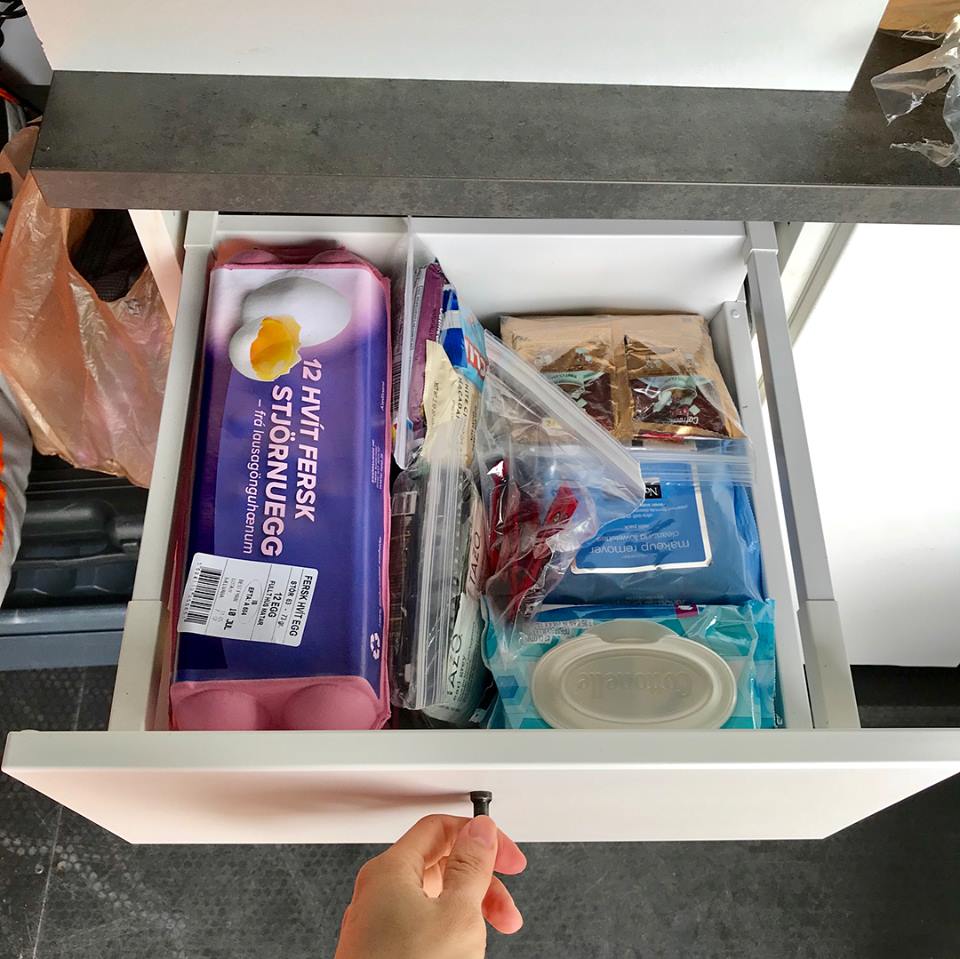




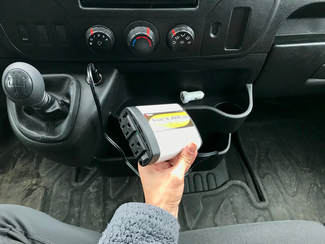
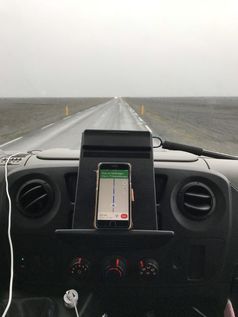
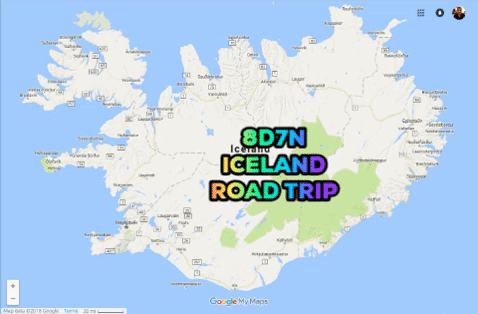













 RSS Feed
RSS Feed
